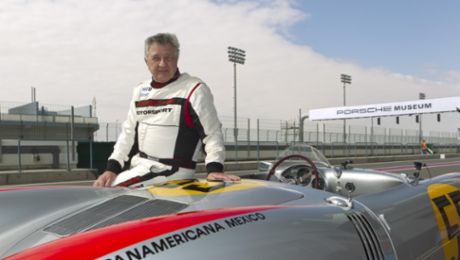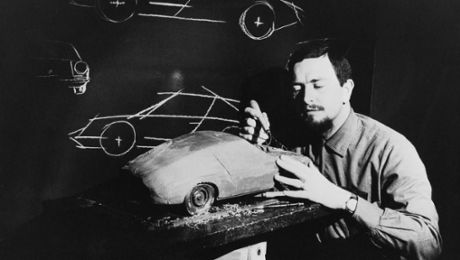The tunnel-shaped wings and integrated headlights and the flat bonnet continued to be the definitive style elements in the second-generation 911. Bellows-style retracting elements on the sides of the front bumper, plus a light strip with the Porsche logo between the rear lights were new distinguishing features. The large rear wing was an attention-grabber in the Turbo and available as an option for the other variants as well. The classic Fuchs rims were retained.
Model variants
The variants available for the 911 G-Series were the 911, 911 S, 911 SC and 911 Carrera and were available as Coupé and Targa bodystyles. In August 1975, the Carrera was equipped with the 3.0-litre boxer engine. That same year, Porsche offered the four-cylinder 912 for overseas customers. Beginning in 1977, the two variants available were called the 911 SC (with 3.0 litres of displacement) and 911 Turbo with 3.3 litres of displacement. From August 1979, the SC had 188 PS instead of the previous 180, and from August 1980, that figure had grown again to 204 PS. With the 911 SC Cabriolet in 1983, Porsche offered a new body type – the first full-convertible 911 in 17 years. In September 1983, the 911 Carrera 3.2 replaced the 911 SC, and now produced 231 PS. From 1987, the 911 Turbo was also available as a Targa and Cabriolet. And for a fourth body variant, Porsche released the 911 Carrera Speedster in September 1987.
From 1983, the Porsche factory restoration and repair department would build the famous Slantnose version of new 911 models, featuring a Turbo-width body, a low-slung front and pop-up headlights from the 944.


